The findings suggest a role for assessment of variant-carrying status to predict disease progression in idiopathic pulmonary fibrosis (IPF).
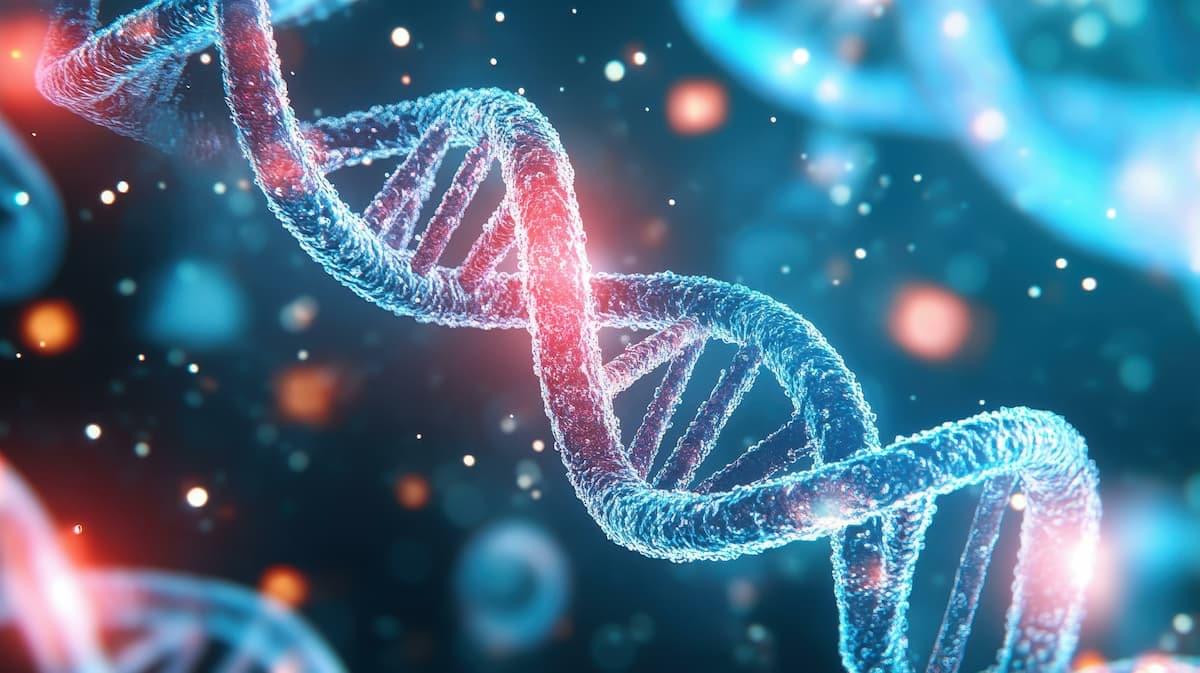

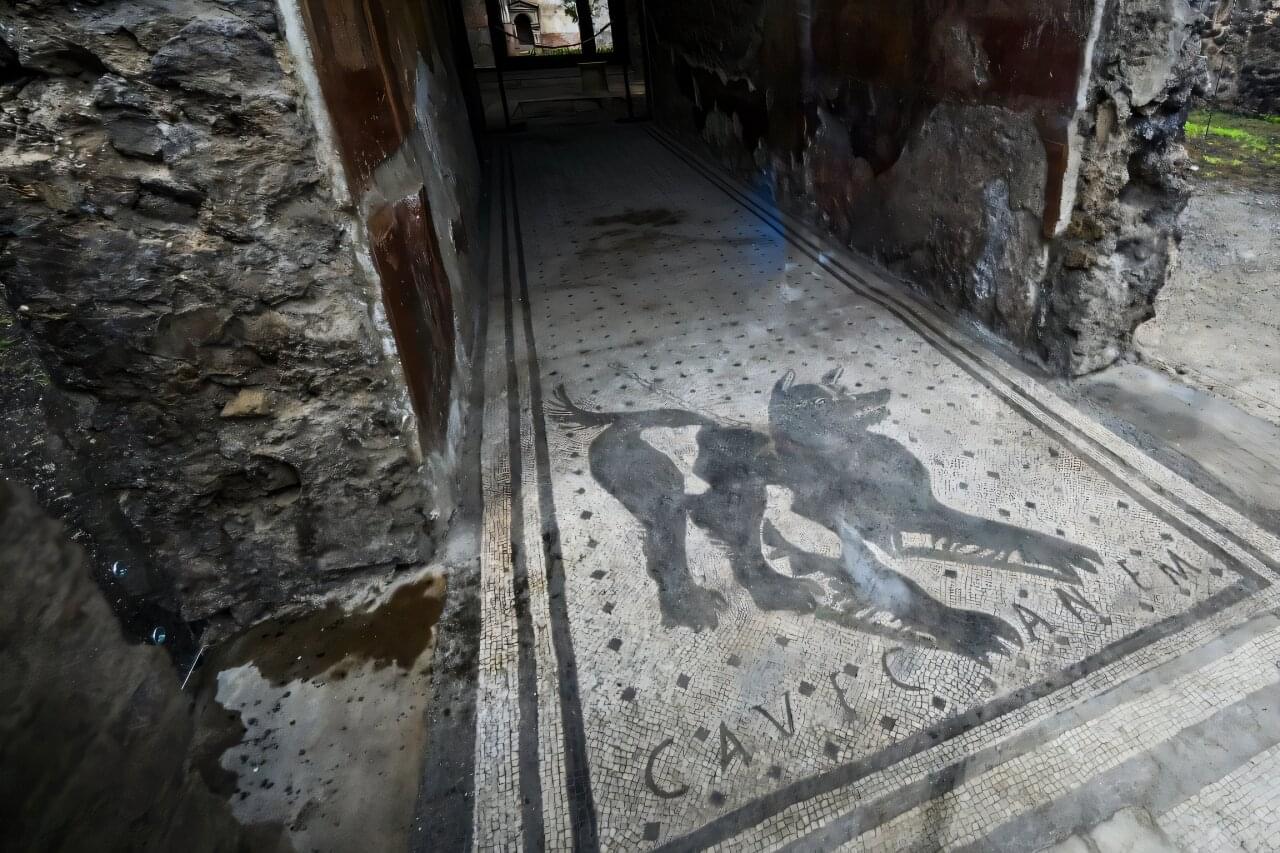
Around 1,500 Latin inscriptions are discovered every year, offering an invaluable view into the daily life of ancient Romans—and posing a daunting challenge for the historians tasked with interpreting them.
But a new artificial intelligence tool, partly developed by Google researchers, can now help Latin scholars piece together these puzzles from the past, according to a study published on Wednesday.
Inscriptions in Latin were commonplace across the Roman world, from laying out the decrees of emperors to graffiti on the city streets. One mosaic outside a home in the ancient city of Pompeii even warns: “Beware of the dog”
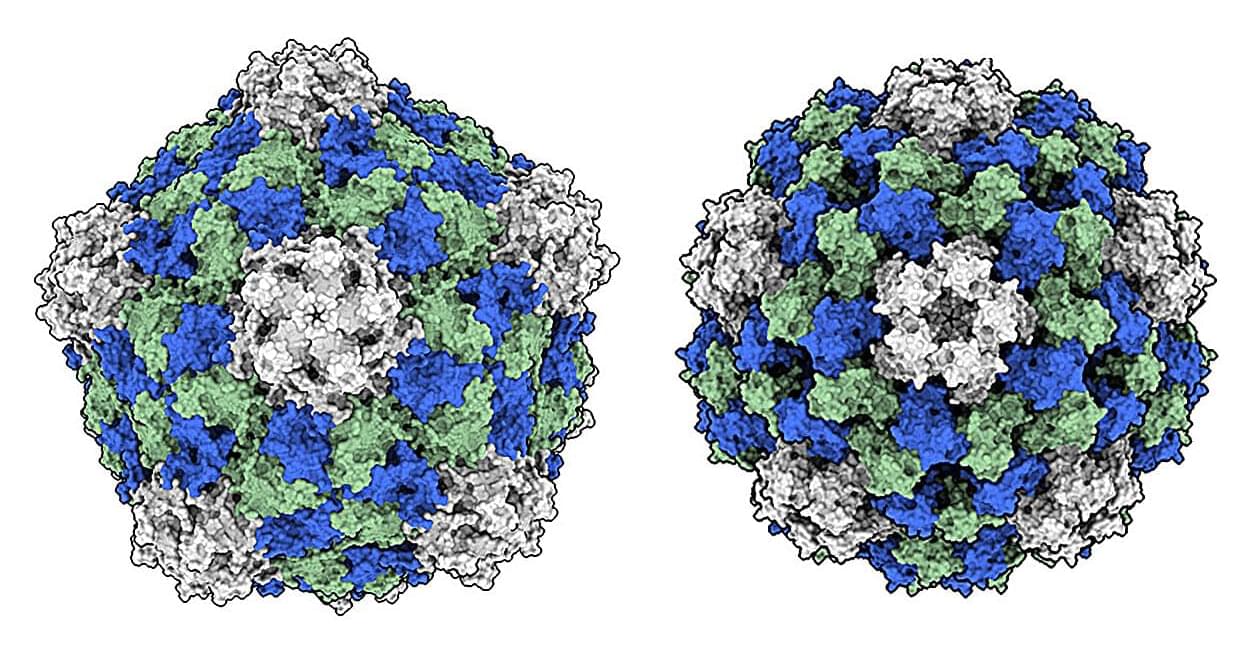
A virus that typically infects black-eyed peas is showing great promise as a low-cost, potent cancer immunotherapy—and researchers are uncovering why.
In a study published in Cell Biomaterials, a team led by chemical and nano engineers at the University of California San Diego took a closer look at how the cowpea mosaic virus (CPMV), unlike other plant viruses, is uniquely effective at activating the body’s immune system to recognize and attack cancer cells.
The study is titled “Comparative analyses for plant virus-based cancer immunotherapy drug development.”

A wound can leave a lasting imprint—even after it has healed. A new study in Current Biology finds that past injuries can quietly prime the body to overreact and be more sensitive to stress, pain and fear long after the damage is gone.
These findings may help explain how early injuries or trauma can set the stage for chronic pain conditions, where the nervous system remains hypersensitive long after the initial damage has healed. can set the stage for chronic pain conditions, where the nervous system remains hypersensitive long after the initial damage has healed.
Researchers at the University of Toronto Mississauga discovered that mice with a history of injury responded more intensely to the scent of a predator, an extremely stressful event for mice. These mice showed exaggerated fear and developed long-lasting pain in both hind paws, including the uninjured side. Strikingly, the symptoms lasted more than six months, long after the original injury had physically healed.

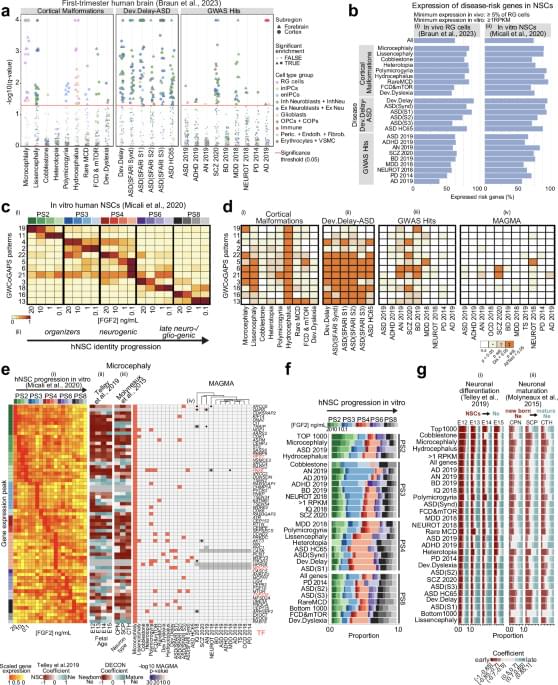

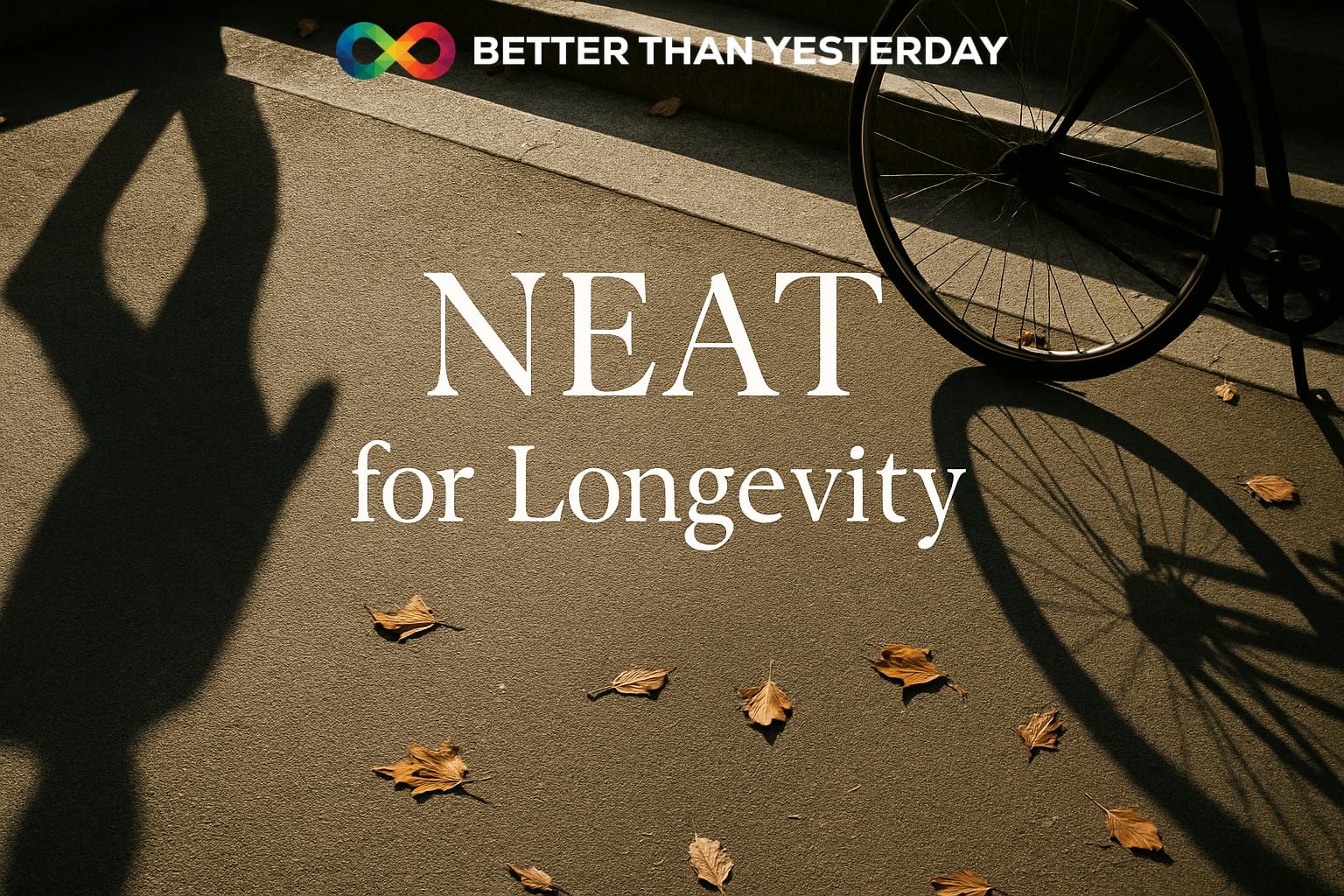
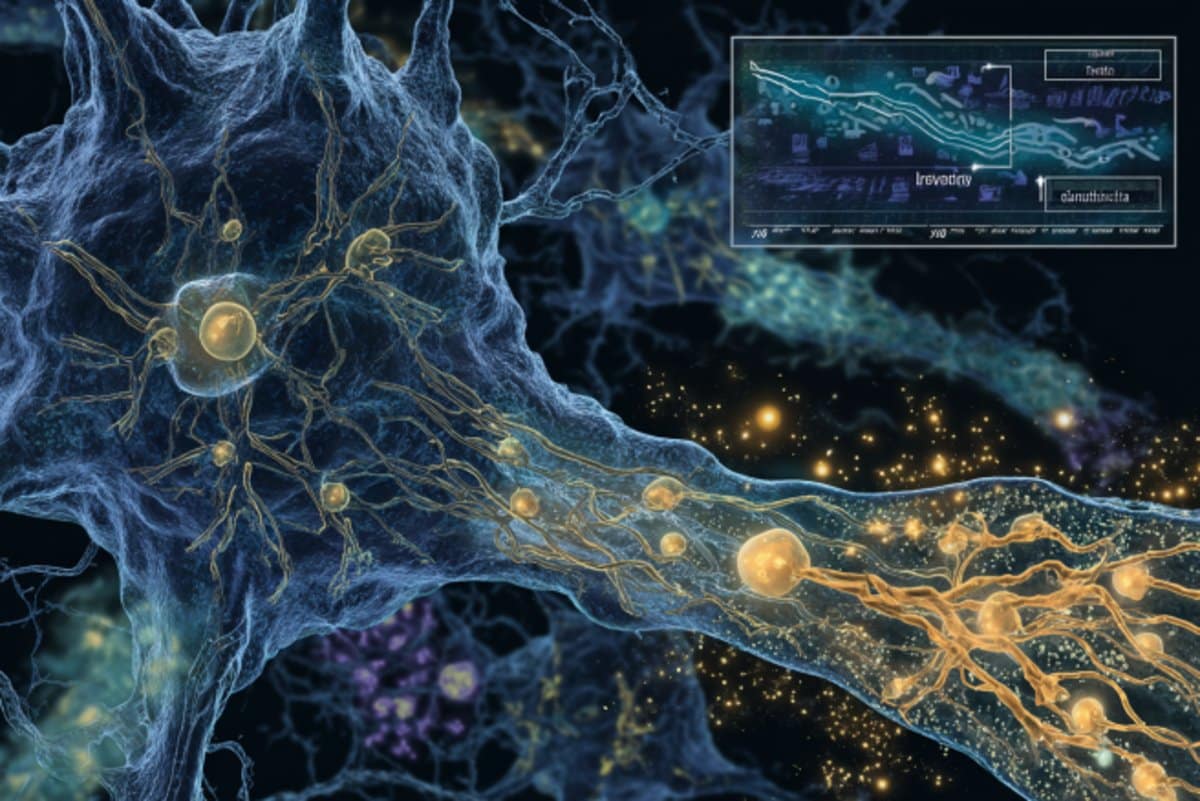
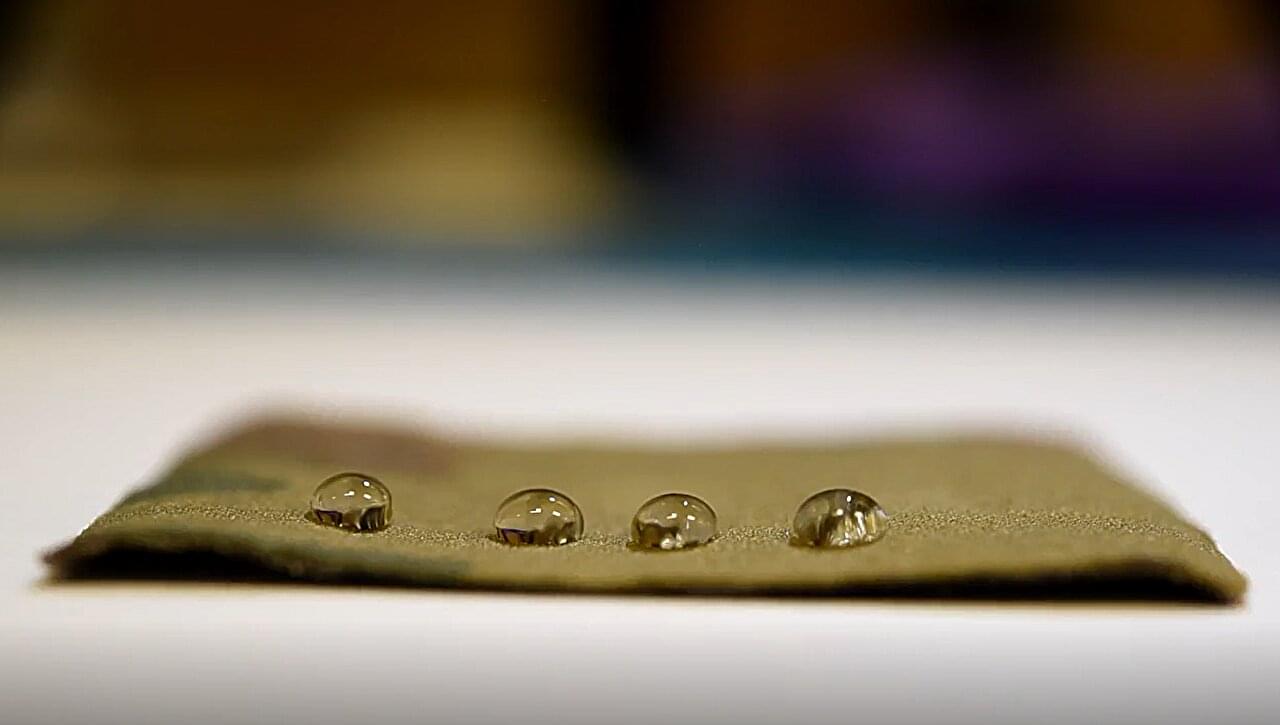
A new material developed by researchers from University of Toronto Engineering could offer a safer alternative to the nonstick chemicals commonly used in cookware and other applications.
The new substance repels both water and grease about as well as standard nonstick coatings—but it contains much lower amounts of per-and polyfluoroalkyl substances (PFAS), a family of chemicals that have raised environmental and health concerns.
“The research community has been trying to develop safer alternatives to PFAS for a long time,” says Professor Kevin Golovin, who heads the Durable Repellent Engineered Advanced Materials (DREAM) Laboratory at U of T Engineering.